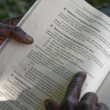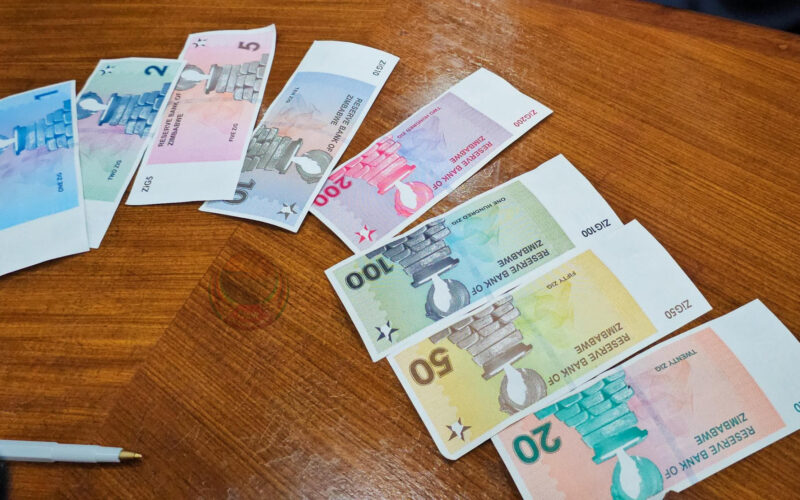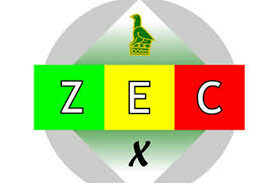Since Independence in 1980, the country has had a turbulent history with its currency, including several changes and re-denominations.
1980-2009
The Zimbabwean dollar was introduced in 1980, replacing the Rhodesian dollar. The series of notes ranged from $2 to $20 and carried the signature of Dr Desmond Krogh. As rising inflation started to affect purchasing power of the Zimbabwean dollar., the $500 and $1000 banknotes were issued from 2001 to 2005.
In May 2003, the Reserve Bank allowed Cargill Cotton Group to issue emergency bearer cheques to cotton farmers. Cargill issued these cheques due to a shortage of money caused by high annual inflation. The Reserve Bank later issued special traveler’s cheques on 8 August 2003 with six denominations ranging from $1 000 to $100 000.
The Reserve Bank eventually issued their own bearer cheques on 26 September 2003 with denominations ranging from $5 000 to $20 000. In the first half of 2006, new denominations of $50 000 and $100 000 were issued , with the $1 million denomination being planned for September 2006.
On 1 August 2006, the banknotes of the second dollar (ZWN) replaced the first dollar. Further denominations ranging from $5 000 to $500 million were issued. In the second quarter of 2008, agro-cheques were issued in denominations ranging from $5billion to$100 billion.
On 1August 2008 the banknotes of the third dollar (ZWR) were printed. On February 2, 2009, banknotes of the fourth dollar (ZWL) were introduced.
2009-2016
In 2009, the Zimbabwean dollar was effectively abandoned due to hyperinflation and the country started to use foreign currency such as the South African rand and the US dollar, as its official currency. In 2016 , the Reserve Bank of Zimbabwe introduced a new currency called ‘bond notes’ which were meant to supplement the US dollar. However, the bond noted soon lost value, leading to shortages of cash and a rise to black market Exhange rates.
In June 2019, Zimbabwe introduced a new currency, the Zimbabwean dollar RTGS dollar, which was pegged to the US dollar at a rate of 1:1. The Zimbabwe dollar consisted of electronic and paper notes. However, the new currency soon lost value with inflation reaching over 800 percent by the end of the year.
2020-2024
In March 2020, the Zimbabwean government introduced the Zimbabwean dollar (ZWL) as the country’s new currency. The (ZWL) came in denominations of $1, $5, $10, $20, $50, $100, and $500.
In March 2021, the Zimbabwean government announced a new monetary policy called the Zimbabwean dollar auction system. Under this system, the central bank auctions foreign currency to businesses and individuals at a fixed exchange rate. This was done to stabilize the exchange rate and curb inflation.
In February 2023, the Zimbabwean government introduced a new monitory policy called Zimbabwe dollar (ZWL) liberalization. Under this policy, the central bank announced that the ZWL will no longer be pegged to the US dollar, and market forces would determine the exchange rate. This was done to attract foreign investment and boost economic activity.
The ZWL lost almost 100 percent of its value against the US.
Recently, Zimbabwe Central Bank launched the structured currency called Zim Gold
(ZiG) backed by gold as it seeks to tackle sky-high inflation and stabilise the economy.
Gold and other precious minerals back the new currency.
The black market currency exchange remains prevalent, despite occasional crackdowns by the government citing these activities as illegal. The lack of trust in the official currency system has driven the persistence of such informal markets.







